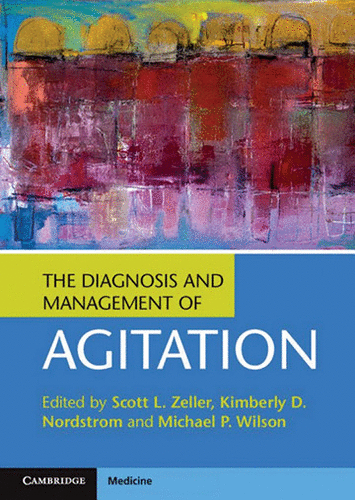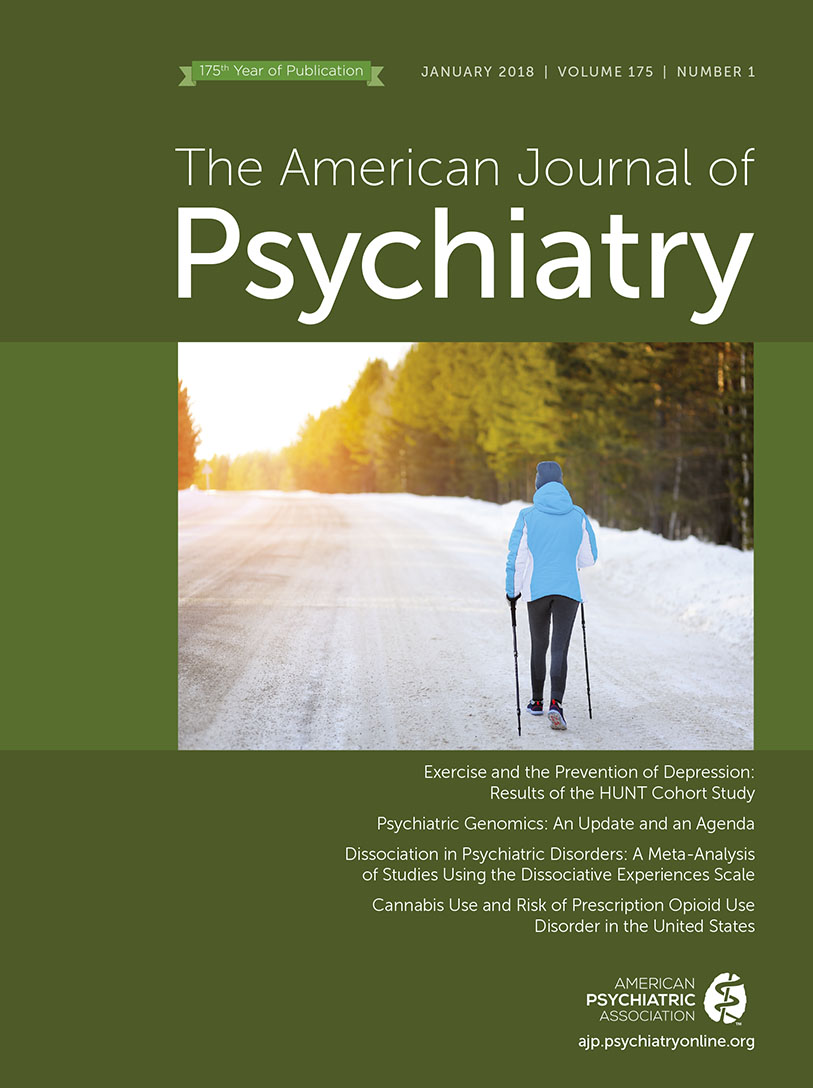The Diagnosis and Management of Agitation

Over the past 20 years, approaches to the assessment and management of patients presenting with agitation in acute psychiatric settings have changed dramatically, both in the United States and internationally, from a focus on coercion to one based on patient engagement and collaboration. This transition has been guided by advances in neurobiology and in psychopharmacology, an increasing focus on person-centered care, and an increasing clinical consensus that coercion is associated with increased injuries. In this country, federal and state regulations as well as Joint Commission standards have reflected the growing awareness of the benefit of collaboration over coercion. At the same time, decreased access to psychiatric treatment facilities has resulted in patients remaining for days in emergency medical and psychiatric settings, increasing their risk of agitation and occasioning the need for clinical guidelines on the management of this condition, defined by DSM-5 as “excessive motor activity associated with a feeling of inner tension.”
This book, edited by two psychiatrists and one emergency medicine physician who have been on the forefront of the development of safe agitation guidelines, is a comprehensive, practical, humane, well-written, and wise book. The authors present context and evidence clearly, provide extremely useful tables, and artfully illustrate their approaches with lively case examples. I strongly recommend this book to psychiatrists and emergency medicine physicians at all levels of training, including students, as well as to other clinicians who treat patients in emergency and inpatient settings, both psychiatric and general medical. It provides an invaluable, humane framework grounded in science and decency, with extremely practical recommendations; it is the best overview I have read on the topic. This book could help illuminate discussions in psychiatry department seminars but could also serve as a foundation for the multidisciplinary de-escalation training essential to contemporary, safe hospital care in psychiatric and nonpsychiatric settings. The authors’ comprehensive approach would even be relevant for discussions with emergency medical personnel and hospital security officers, who are essential aspects of our medical system.
The book comprises 18 chapters, each evidencing its consistent approach to patients, focusing on maintaining a humane and therapeutic stance. These chapters are clearly written by experienced and thoughtful clinicians and researchers who have been on the front lines for many years, balancing safety with patient engagement and rights, in complex medical, legal, and social environments. After an initial chapter setting the historical context and a second on the biology of agitation, the next seven chapters each focus on specific clinical areas, including medical evaluation, substance abuse, the elderly, and specific psychiatric diagnoses. Although each is excellent, two stand out: one on the psychiatric, as distinguished from the general medical, evaluation of agitated patients, and one on personality disorders. The latter is the one chapter in the book that requires the most psychiatric expertise of the reader, referencing the theories and practice of psychodynamic therapy and specific psychotherapies including dialectical behavioral therapy, motivational interviewing, and problem-solving treatment. Although impressive, the authors’ approach to patients in an emergency setting is probably the most difficult to incorporate into daily practice for most emergency clinicians, even those adept with these approaches in their individual patient work.
Of the remaining chapters, the most moving is devoted to collaborative de-escalation. In addition to its patient-based approaches and clear clinical examples and recommendations, it communicates the value of de-escalation in a convincing, nondogmatic manner. I intend to use it when teaching our trainees, attending physicians, and others. The chapter on pharmacologic treatment is superb, with clinical guidelines, reference to research, and useful tables. Remaining chapters are uniformly excellent and well written, encompassing a range of areas related to agitation in field settings; use of force in the prehospital environment; guidelines for use of restraint and seclusion; social, cultural, and ethical issues; decisional capacity; and patient rights. The book ends with a chapter on agitation in children and adolescents. It appropriately emphasizes specific developmental aspects, caution in the use of pharmacology, and the importance of assessing the role of trauma in the etiology and treatment of agitation in younger populations.
All in all, this is a book to keep at one’s side, for clinical guidance, pertinent references and tables, teaching pearls, and inspiration. The editors have succeeded in addressing a complex, common, and challenging condition and in making it easier for all of us to understand and treat patients suffering from it.



